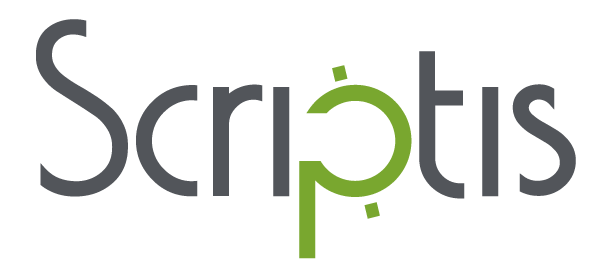Language Service Partnering for multilingual success
Language Service Partnering for multilingual success
Businesses like ours often refer to themselves as “translation agencies” or “language service providers.” We prefer to call Scriptis a “language service partner.” This choice describes our business philosophy as well as our ideal client relationship.
What is a language service partner?
Lead-generation expert Valerie Schlitt has explained why her most successful clients are less like customers and more like dance partners. Valerie’s analysis of key performance metrics revealed that client involvement predicted a 75% greater chance of long-term success. Collaboration, communication, and mutual support make for great client relationships and great outcomes. VSA has grown from a one-woman shop to one of the region’s 100 fastest growing companies. Valerie’s emphasis on partnership has served her and her clients well.
At Scriptis, we work collaboratively with our clients. Client involvement boosts project efficiency and outcomes. But sometimes clients need help deciding who should be their in-house “point person” for the project. We translate content for a wide variety of industries and we work in multiple media. Our main points of contact hold all sorts of different professional titles. And, oftentimes, the person or department purchasing the services is not the creator or end-user of the localized content.
Who should be our “point person?”
The best point of contact in an organization depends in part on what kind of material needs localization. It also depends on our clients’ content authoring workflow.
Technical content
Clients in manufacturing, life sciences, and IT often require highly technical translations. These include manuals, sell sheets, product specifications, safety data sheets, technical drawings, and so forth. Typically, the sales and marketing departments request the translations. However, the technical writers or project managers should also be in contact with the language service partner. These individuals can field translator requests for terminology clarification, and they also have access to the native files from the programs used to create the technical content.
Technical translation projects go more smoothly when we have access to:
- Editable versions of the documents: Translation productivity tools work with a wide variety of file types. There are very few file types that are not compatible with the computer-assisted translation tools (CAT tools) used by professional translators. For example, translations of CAD drawings will be less expensive with faster turnaround times if DXF files are provided instead of PDFs.
- Glossaries of technical terms. Creating a term base and validating the translations of technical terms at the start improves accuracy and consistency across content. In addition, clear guidelines for terminology use speeds the process of in-country review.
Creative content
Creative translation projects work best when we can communicate directly with the creative team. Transcreation services combine translation and foreign language copywriting to ensure cultural relevance. For some projects, linguists require a creative brief to help them capture the tone and intent of the source. Depending on the level of customization needed, the same applies when localizing websites, promotional materials, and ads. This process goes more smoothly when we can communicate with the creative department or agency.
For marketing translation projects, we communicate with creatives at the start of the project to advise on best practices for localization. When best practices are followed for content creation, the localization process will be quicker, and less expensive, and the end result will be better. We can also help plan for multilingual keyword research and core international SEO at the start of the project.
For subtitles or foreign language voice-overs, access to a time-stamped or story-boarded copy of the script will streamline the process. If a client knows a video will be localized, introducing us to the creative team ahead of time allows us to explain best practices for creating a localization friendly source.
Print materials
Access to the native design files speeds the localization process. CAT tools can process a variety of file formats. These tools isolate the translatable text from the formatting tags so the linguist can focus on the text. The translated content is then exported with the formatting intact, preserving the layout and design. After export, translations from English into other languages usually require adjustments for text expansion. They might need some re-design to accommodate a right-to-left layout or to substitute culturally appropriate images. Working directly with the design team speeds the process.
In some cases, the client might try to save money by having their own design team do the reformatting. However, it’s best to use native-language desktop publishing resources, and in the case of Asian languages, it’s mandatory. If Chinese line breaks aren’t placed correctly, the meaning of a sentence can change. Working with native speakers guarantees that the text is correctly formatted for audiences from other cultures and locales.
Sometimes a client comes to us with only a PDF as a source. If the client does not have the native design files and has lost touch with the person or agency, we can re-create the design. However, this will cost more and add to the turnaround time.
Websites, software, and e-learning
The more complex the project, the more our project manager needs to communicate with the development team. Websites, software, and e-learning require localization engineering. This process makes sure that all the translatable content, including meta data and other “unseen” information, has been identified and isolated for translation. We’ve written elsewhere about tactics for safely separating content and code for software and websites. Regardless of the method you’ve chosen, our project managers might need to get in touch with the developers.

Partner with Scriptis
We serve our clients best when we can stay in step as their global business matures and their multilingual communication programs expand. Working closely with a language service partner leads to long-term success for both parties.
Review our case studies to learn more about our successful partnerships with our clients.
